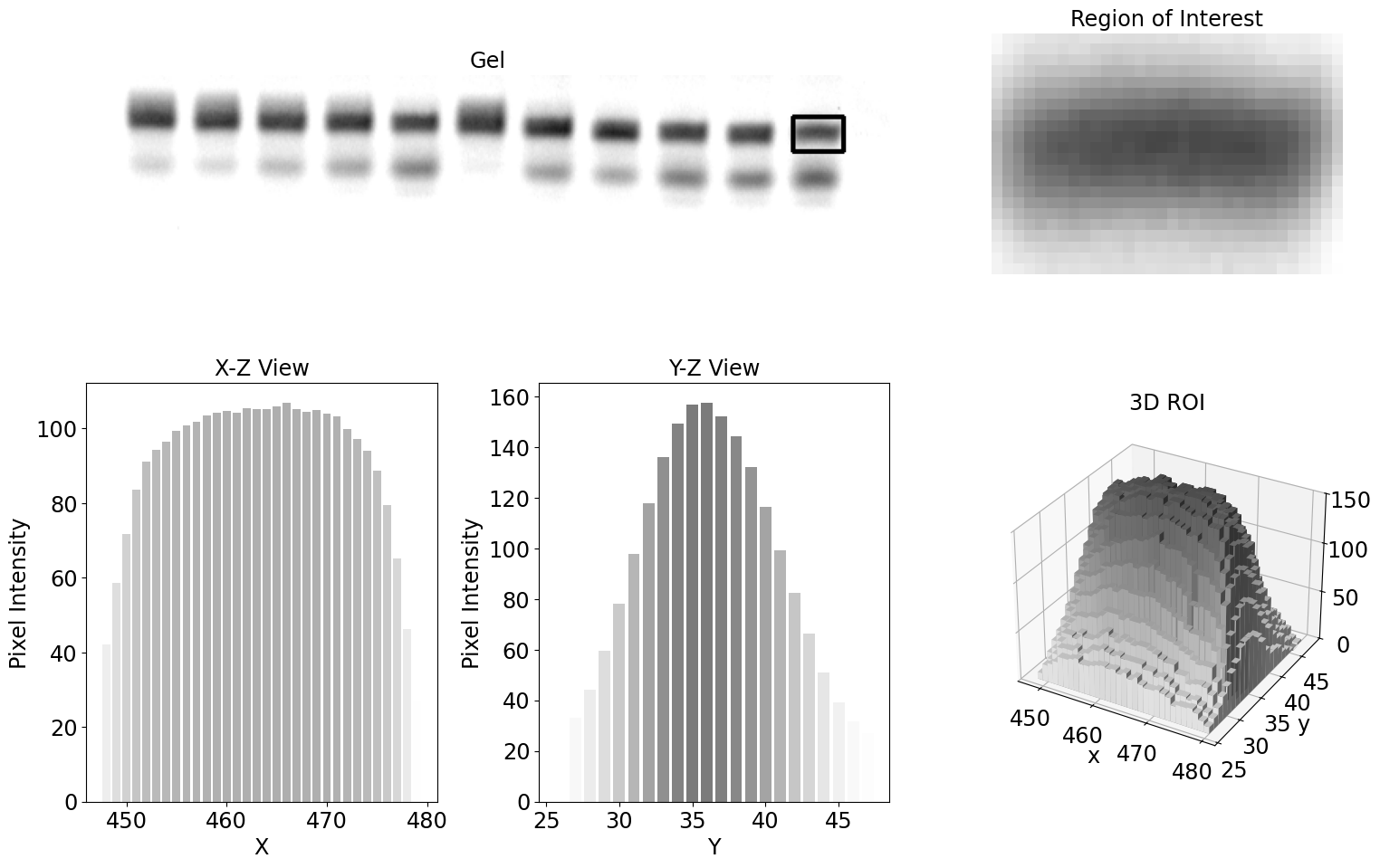Welcome to CHEM80 - Numerical Methods for the Central Science
Harvey Mudd’s scientific computing for chemists course
Course Philosophy
CHEM 80 is an exploration of the signals, software, and storytelling behind modern chemistry research. This course is designed for students with some grounding in chemistry and computer science who want to delve deeper into the foundational and cutting-edge computational techniques used across chemistry, the "central science."
Chemistry is a field of signals - diverse and rich data sets that act as informational bridges, connecting chemical phenomena with the interpretable world. To make sense of measurable signals, we rely on the discipline of chemometrics. Chemometrics employs mathematical and statistical methods to derive meaningful information from chemical observations, enabling us to identify patterns and stories in complex datasets.
In this course, you will build foundational skills in signal processing, pattern recognition, and numerical modeling - techniques critical to analyzing, processing, and interpreting chemical data and designing instrumentation and experiments. In modern chemistry laboratories, software and instruments work hand-in-hand. Instrumentation coupled with commercial software often leaves much of the fundamental signal processing within a black box (you inject a sample, and out pops a crisp mass spectrum). In this course, we’ll work through the algorithms that are happening behind the scenes. We’ll demonstrate how, at their core, modern scientific computing techniques provide the backbone for sophisticated software structures inside our instruments.
How do we actually find the area under curves? Why do we periodically need to tell the software on the mass spec where our background is and where one peak stops and another starts? How come it sometimes gets the number of peaks wrong? Using Python, you’ll write your own software - writing numerical recipes to turn raw signals into chemically meaningful datasets.
Beyond data and data processing lies the art of scientific storytelling - the synthesis and translation of data into meaningful narratives. In this course, we’ll explore how we can use those signals - those datasets - not just to make sense of chemical phenomena but also to communicate these discoveries effectively. Drawn from the diverse sub-disciplines of our chemistry department – biochemistry, organic, inorganic, physical, and environmental - we’ll read published papers and use real datasets from Mudd faculty research programs and the literature. Through all of this, you’ll learn to interpret complex data and present results in coherent narratives, learning how to make publication-quality scientific figures that resonate with a larger audience.
Chemistry ⇔ Computing
While much of this course will be on developing the numerical methods that serve the chemical sciences, we will also study and contemplate the ways that fundamental chemistry has shaped computing and the potential it has to do so in the future. Selected readings will be chosen to demonstrate the power that innovation in chemistry has to shape computer science (from the Metropolis algorithm to Simulated Annealing, to chemically informed true or pseudo-random number generators, to (bio)-chemical and quantum computing).
Course material will be available soon!

